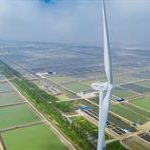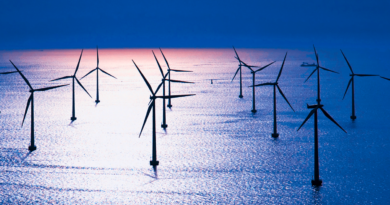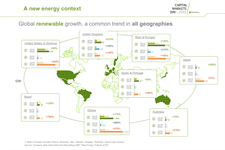Industry Pulse: BloombergNEF – Global/APAC Corporate PPA Market Progress and Outlook
Energy Disrupter

The pandemic is largely responsible for a paucity of corporate PPA activity in India, with many deals put on hold as the federal government imposed a lockdown for more than a month. Activity totalled 285MW in 1H 2020, the lowest volume in a half year for two years. While parts of the market have relaxed the lockdown measures, decision-making on procurement has still slowed. Corporations want to wait for production levels to go back to normal, and their power demand to become more certain, before taking a call on long-term fixed price power.
Before the pandemic hit, the group captive model was a popular procurement option, due to federal government-mandated exemption on the payment of cross-subsidy surcharges. As operations return to normal, BNEF expect group captive deals to continue to be preferred choice for long-term power procurement by corporations, so long as they are not subjected to additional charges from power distribution utilities.
While the slowdown is largely due to the pandemic, procurement activity since 2019 has been lower compared to earlier years, as many supportive state-level policies have been phased out. Moreover, regulatory uncertainty has become frequent in the past year as utilities struggle to control their losses. Many utilities are raising their open-access charges to bolster their earnings, making third-party procurement unviable, while others are pushing for retroactive changes to operational policies. In conjunction with the pandemic, this makes for a difficult time for corporate buyers in India. It is significant that no Indian company has joined the RE100 since October 2018.
Most corporations in India choose to purchase clean energy through the market’s open access mechanism, which allows electricity users with a connected load of more than 1MW and a minimum connected voltage of 11kV to buy power directly from third-party generators. Within open access, the group captive model has historically been the main way companies buy clean energy: several corporations and an independent power producer jointly invest in a renewables project, with the corporations consuming at least 51% of the energy generated. Prominent procurement mechanisms and policies in other markets, like sleeved retail programs and onsite generation, vary in popularity and policy support by state, and have been met with opposition from distribution companies.
















